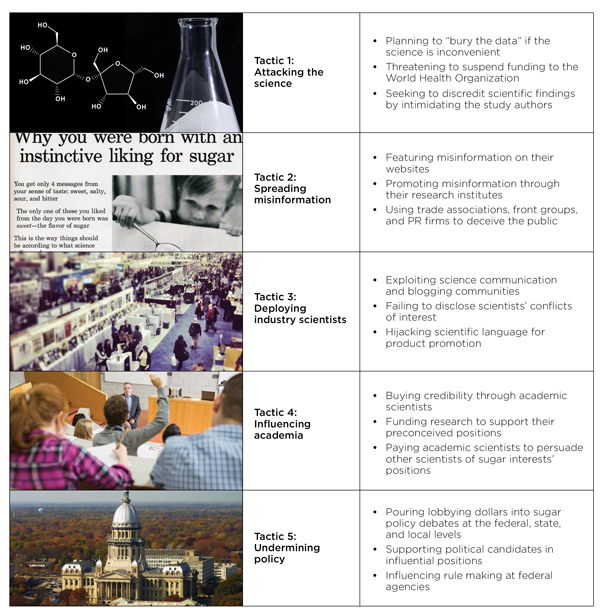Last week, the U.S. Food and Drug Administration (FDA) announced it was amending its proposed rule on updating the Nutrition Facts label to include a recommended maximum percent daily value (%DV) for added sugar. The original proposed rule, announced in March 2014, included a line for added sugar separate from total sugar but provided no context for people to understand the implications of the amount of added sugar in a given product the way they could for protein, fat, and sodium.
Following recommendations in the Scientific Report of the U.S. Dietary Guidelines Advisory Committee (DGAC), which UCS supported, the FDA’s decision to update its proposed labeling rule to reflect the scientific evidence on added sugar is a positive and welcome next step. Here are three reasons why.
1) Relying on science to inform policy
Experts are finding increasing evidence that excessive sugar consumption—whether from sugar cane, sugar beets, or corn—has been implicated in a myriad of health problems. Sugar, in the amounts and frequency Americans are consuming it, causes tooth decay. It is also associated with weight gain and with the rise in the incidence of diabetes, cardiovascular disease, high triglycerides, and hypertension. The association between sugar and these chronic metabolic diseases is separate from sugar’s effect on total caloric intake and exclusive of its effect on obesity.
Sugar can also activate the brain’s reward and craving centers, and high sugar consumption can stimulate addiction-like behaviors. In addition, added sugar, particularly from sugar-sweetened beverages, is a source of empty calories—harmful because they displace calories in more nutritious foods.
Like experts at the World Health Organization and the American Heart Association, the DGAC recommended in its Scientific Report that people consume no more than 10 percent of their daily calories from added sugar. In order to follow that science-based recommendation, people need to see the %DV for added sugar on packaged foods and beverages, as the FDA is proposing.
2) Fighting food industry misinformation
It’s hardly a secret that the food industry will oppose the FDA’s new proposal. Food and beverage manufacturers and their trade associations overwhelmingly opposed the original proposed rule to simply include a separate line for added sugar.

In our 2014 sugar reports, we documented the different ways the food industry works to misinform the public on added sugar. This graphic summarizes their tactics.
As UCS documented in two 2014 reports—Added Sugar, Subtracted Science and Sugar-coating Science—the food industry has gone out of its way to persuade the public to eat more sugar. They’ve attacked the science, lobbied policy makers, and spent billions on advertising and high-powered PR firms. Along the way, they’ve to make sugar-laden products appear healthy and have even pushed sugar on diabetics and children under the guise of social responsibility. We only celebrate Halloween once a year, but thanks to Big Sugar too many Americans are overdosing every day on the added sugar equivalent of a Halloween haul.
The FDA’s proposed changes to the Nutrition Facts label won’t magically stop food industry misinformation campaigns but will provide one more tool to empower the public.
3) Supporting the public’s right to know
Simply put, we have the right to know what’s in our food, and the current Nutrition Facts label doesn’t provide enough information about added sugar. Most people aren’t familiar with the 61 names for sugar and therefore cannot recognize them in the ingredients list. And without a %DV for added sugar, a separate line for the amount, whether it lists grams or the more familiar teaspoons, doesn’t tell people how much is too much.
Ultimately, the ubiquity of added sugar in our food and beverages means eating healthy foods is not just a matter of consumer choice, as the food industry would like us to believe. It’s hard to avoid added sugar even when we want to, and we need all the information we can get just to understand the scope of the problem.
The FDA’s updated proposed rule to the Nutrition Facts label to include %DV for added sugar is a welcome step in the right direction and would be a victory for science-informed policy if and when the rule is finalized. Tell the FDA you support their proposed changes by submitting a comment on the proposed rule. And tweet your opposition to food industry misinformation and efforts to block science informed policy on added sugar at the hashtag #bullsugar.

